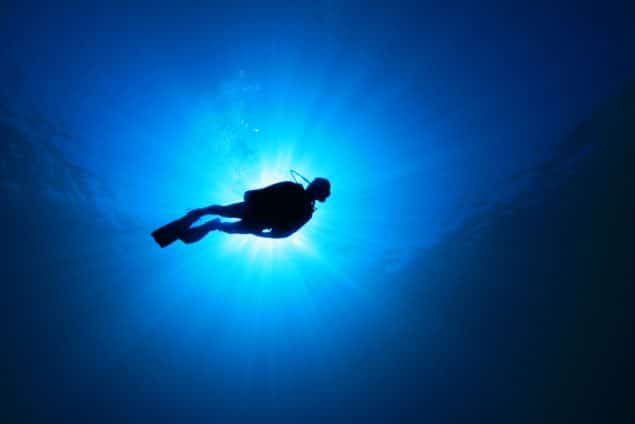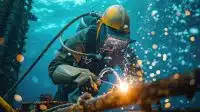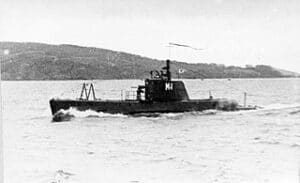Home » Dangerous Jobs • Employment News • US business news » The Perils Of Being A Deep Sea Diver
The Perils Of Being A Deep Sea Diver
https://www.whatjobs.com/news/employment-news/dangerous-jobs-the-perils-of-being-a-deep-sea-diver

By Kris Paterson in Dangerous Jobs, posted February 23, 2024

Deep-sea diving is an awe-inspiring profession that enables humans to explore the mysteries of the underwater world.
However, the world beneath the surface presents numerous risks and challenges for deep-sea divers.
It takes a lot of nerve to dive for a living and this article looks at the inherent dangers of deep-sea diving while emphasizing the importance of training, safety protocols, and advanced equipment to ensure their safety.
READ MORE: The Extraordinary World Of Saturation Diving
High Pressure and Decompression Sickness
Deep-sea divers operate in an environment where they are exposed to high water pressure.
The increased pressure can lead to decompression sickness, commonly known as "the bends."
This occurs when nitrogen absorbed by the body tissues during the dive forms bubbles as the diver ascends too quickly, resulting in joint pain, dizziness, and potentially life-threatening conditions.
Strict adherence to decompression schedules and safety stops is crucial to mitigate this risk.
Oxygen Toxicity and Gas Narcosis
Breathing gases at extreme depths can lead to adverse effects on the body. Oxygen toxicity, caused by high partial pressures of oxygen, can result in convulsions and central nervous system damage.
Additionally, nitrogen narcosis, also known as "rapture of the deep," occurs when nitrogen dissolves in body tissues and affects the diver's mental clarity and judgment.
Proper gas mixtures and depth limits are essential to minimize the risks associated with these conditions.
Looking to boost your online brand? Create your FREE business profile at WhatBiz? Here.
Hypothermia and Thermal Stress
Working in cold water for extended periods exposes deep-sea divers to the risk of hypothermia. The rapid loss of body heat in cold temperatures can lead to reduced dexterity, impaired judgment, and potentially life-threatening situations.
Thermal stress can also arise when divers transition between extreme temperature gradients, such as moving from a warm diving bell to freezing depths.
Appropriate thermal protection and regular monitoring of body temperature are vital in mitigating these risks.
Entanglement and Equipment Failure
The deep-sea diving environment is fraught with potential entanglement hazards, including intricate underwater structures, fishing nets, and marine debris.
Snagging equipment or becoming trapped underwater poses serious risks to divers, making it essential to maintain proper situational awareness and utilize redundant safety measures.
Equipment failures, such as malfunctioning regulators or diving suits, can also jeopardize the safety of divers, emphasizing the importance of rigorous equipment maintenance and pre-dive checks.
Marine Life Hazards
Deep-sea divers encounter various marine life, some of which may pose risks. Stinging jellyfish, territorial creatures, venomous marine animals, and encounters with predatory species are potential hazards that divers must be aware of and prepared for.
Knowledge of local marine life, respect for their habitats, and appropriate protective measures contribute to minimizing the risks associated with marine encounters.
Need Career Advice? Get employment skills advice at all levels of your career
Deep-sea diving is an occupation that requires exceptional skill, training, and awareness of the inherent risks involved.
Divers brave the depths, facing high pressure, decompression sickness, thermal stress, equipment failures, and potential encounters with hazardous marine life.
By adhering to rigorous safety protocols, investing in advanced equipment, and providing comprehensive training, the diving industry can mitigate risks and ensure the safety of deep-sea divers as they unlock the secrets of the ocean's depths.
Follow us on YouTube, Twitter, LinkedIn, and Facebook.














